In the blue expanse of the sky, where humans have long tested the limits of courage and adventure, an unexpected hero emerged with four paws and a wagging tail. Meet Otis, a four-year-old Australian Shepherd who soared into the record books by becoming the highest-jumping canine skydiver in history. This remarkable achievement not only showcases the extraordinary bond between humans and their canine companions but also pushes the boundaries of what we thought possible in interspecies adventures. From the meticulous preparation to the breathtaking descent, Otis’s journey into the skies represents a unique chapter in the annals of extreme sports and animal achievements.
The Fearless Canine Adventurer

Otis isn’t your average Australian Shepherd. Owned by professional skydiver and veterinarian Dr. Michael Carmichael, this remarkable dog has been defying expectations since puppyhood. With his distinctive blue merle coat and striking heterochromatic eyes—one blue and one brown—Otis quickly became known around his home dropzone in California for his unusual comfort with heights and loud environments. Dr. Carmichael noticed early on that unlike most dogs who become anxious around the noise and commotion of skydiving operations, Otis seemed drawn to the activity, watching jumpers land with intense focus and showing no signs of fear when aircraft engines roared to life nearby.
The Previous Record and Inspiration

The previous canine skydiving altitude record stood at 5,000 feet, set in 2002 by a Border Collie named Duke alongside his owner, an experienced military parachutist. This long-standing record seemed untouchable for years, with few pet owners willing to attempt such a risky feat. Dr. Carmichael, however, with over 3,000 jumps to his credit and a deep understanding of both skydiving safety protocols and canine physiology, believed that with proper preparation and care, Otis could not only match but surpass this record. Inspired by the potential to advance understanding of how animals adapt to extreme conditions and to highlight the remarkable capabilities of working dogs, the team began their preparations for a historic jump.
Rigorous Training and Preparation
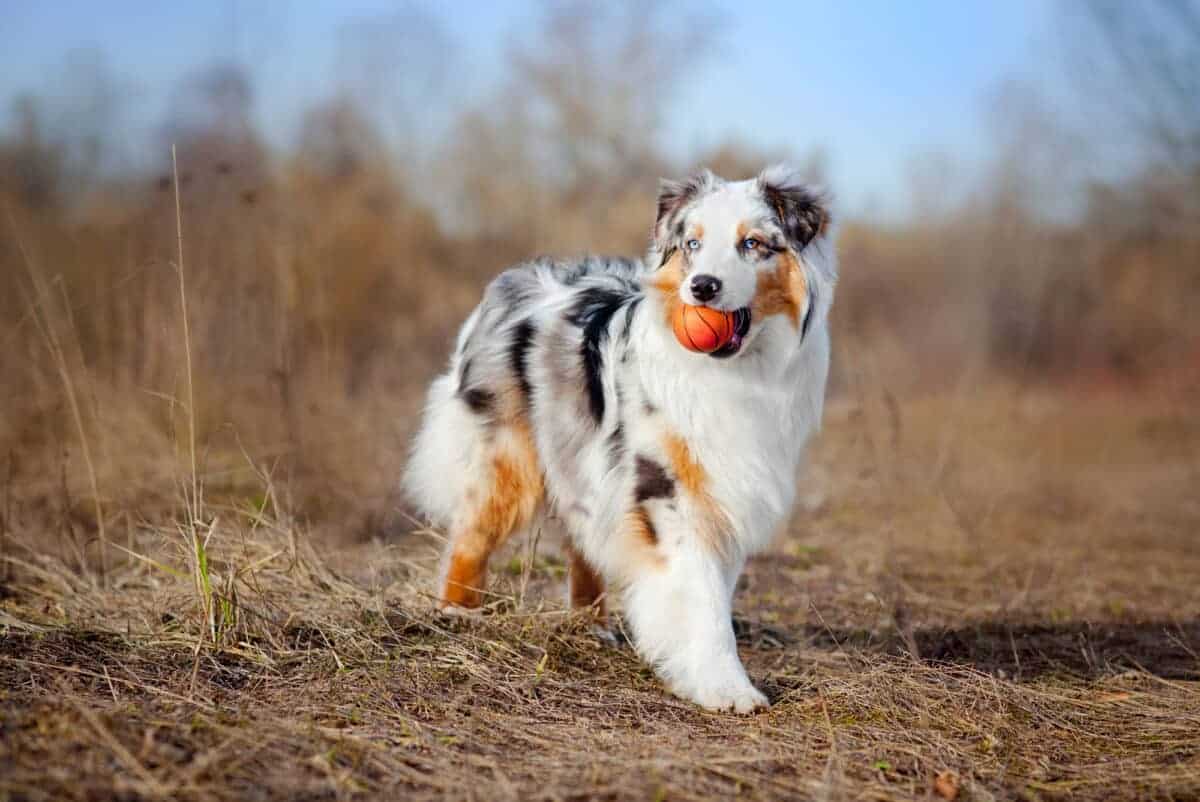
Preparing a dog for skydiving isn’t simply a matter of strapping them into a harness and jumping. Otis underwent 18 months of careful desensitization and training before his record attempt. This began with acclimatization to the sounds and sensations of small aircraft, progressing to wearing a custom-designed canine jump harness for increasing periods.
Dr. Carmichael worked closely with veterinary specialists in cardiology and respiratory medicine to monitor Otis’s physiological responses to altitude changes in controlled environments. The training regimen included gradually increasing exposure to wind tunnels to simulate freefall conditions, allowing Otis to become comfortable with the sensation of air rushing past him at terminal velocity. This methodical approach ensured that at no point was Otis’s welfare compromised for the sake of the record.
The Custom Canine Equipment
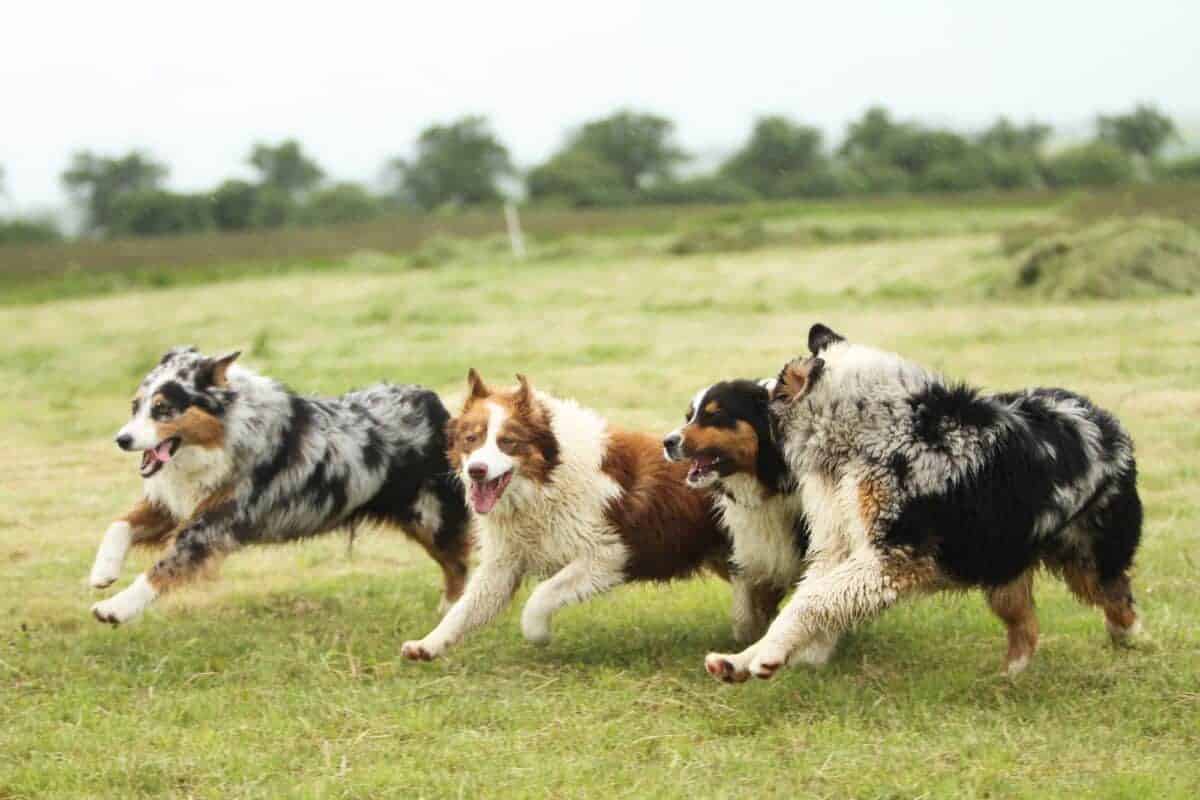
One of the most challenging aspects of the record attempt was designing appropriate equipment for a four-legged skydiver. Traditional human skydiving gear simply wouldn’t work for canine anatomy. After consulting with multiple parachute engineers and veterinary orthopedic specialists, Dr. Carmichael collaborated with a specialized manufacturer to create a custom tandem harness system that would distribute force evenly across Otis’s body during both freefall and the opening of the parachute.
The system included specially designed doggles (dog goggles) to protect Otis’s eyes from wind and debris, a canine oxygen mask for high-altitude breathing, and thermal protection to guard against the extreme cold temperatures at jump altitude. The equipment underwent rigorous testing with weighted dummies before Otis ever wore it in an actual jump situation.
The Record-Breaking Jump
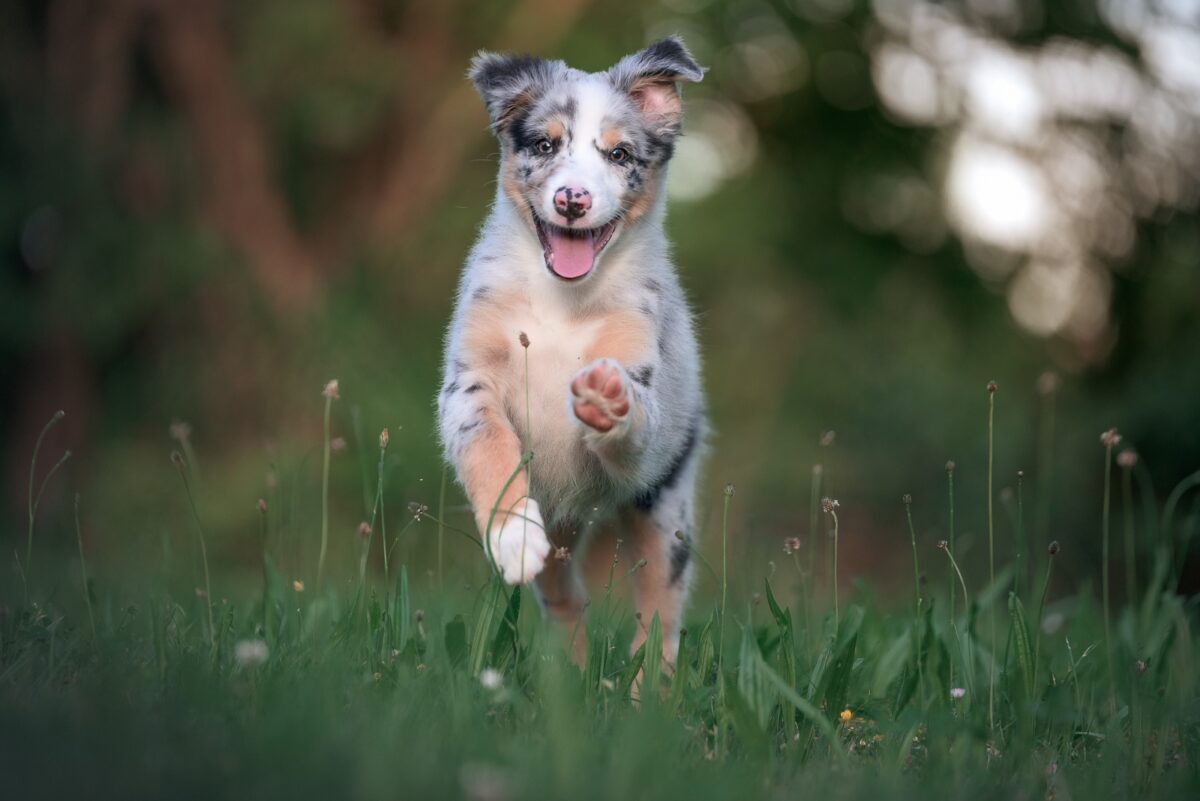
On June 12, 2023, conditions were perfect over the California desert as Otis and Dr. Carmichael boarded a specialized jump aircraft. With a team of veterinarians, camera operators, and jump officials from the Guinness World Records organization present, the pair ascended to the unprecedented altitude of 18,000 feet—nearly 3.5 miles above the earth. At this height, both human and canine required supplemental oxygen. After a final equipment check, the momentous leap began.
Securely attached to his owner in the tandem system, Otis experienced almost 90 seconds of freefall, reaching speeds of approximately 120 miles per hour. Camera footage showed the Australian Shepherd remarkably calm throughout the descent, his ears flapping in the relative wind and his expression almost serene as he plummeted toward earth. The parachute deployment occurred at 5,000 feet, transitioning the pair to a gentle five-minute canopy ride before touching down precisely on the designated landing area, where a medical team waited to immediately examine Otis.
Health Considerations and Safeguards
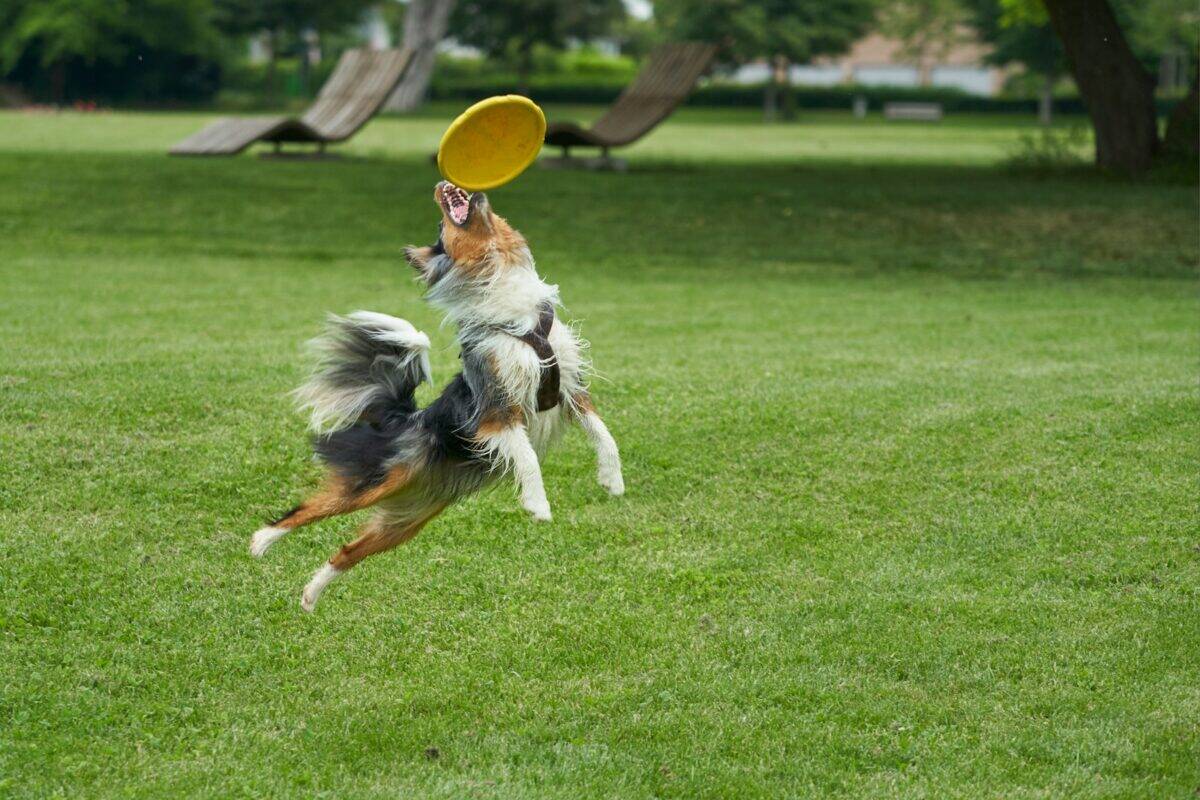
The record attempt wasn’t undertaken lightly, with animal welfare remaining the paramount concern throughout. Prior to the jump, Otis underwent comprehensive health screenings, including cardiac evaluations, respiratory assessments, and psychological readiness tests. A team of veterinary specialists developed protocols to address potential issues like hypoxia (oxygen deprivation), hypothermia, and anxiety.
The jump aircraft was equipped with a specialized pet oxygen delivery system, and predetermined abort parameters were established—if Otis had shown any signs of distress at any point, the attempt would have been immediately canceled. During the ascent, Otis’s vital signs were continuously monitored using a lightweight veterinary telemetry system. Additionally, three veterinarians were present on the ground to assess Otis immediately after landing. To everyone’s relief, post-jump examinations revealed no adverse effects, with all vital signs returning to baseline within minutes of landing.
The Science Behind Canine Skydiving

Beyond the spectacle of the record itself lies fascinating science. Researchers from several veterinary institutions took advantage of this unique opportunity to study how a canine body responds to extreme altitude, rapid pressure changes, and the psychological impacts of such unusual stimuli. Data collected during the jump is contributing to broader understanding of canine physiology under stress.
Unlike humans, dogs cannot be verbally prepared for what to expect during a skydive, making their psychological adaptation particularly interesting to researchers. The fact that Otis remained calm throughout suggests either an unusual temperament or the effectiveness of the gradual desensitization protocol. Physiologically, dogs actually have certain advantages over humans in skydiving scenarios—their lower body mass-to-surface-area ratio results in a naturally slower terminal velocity, and their four-legged landing stance can potentially distribute impact forces more effectively than human legs alone.
Controversy and Ethical Considerations
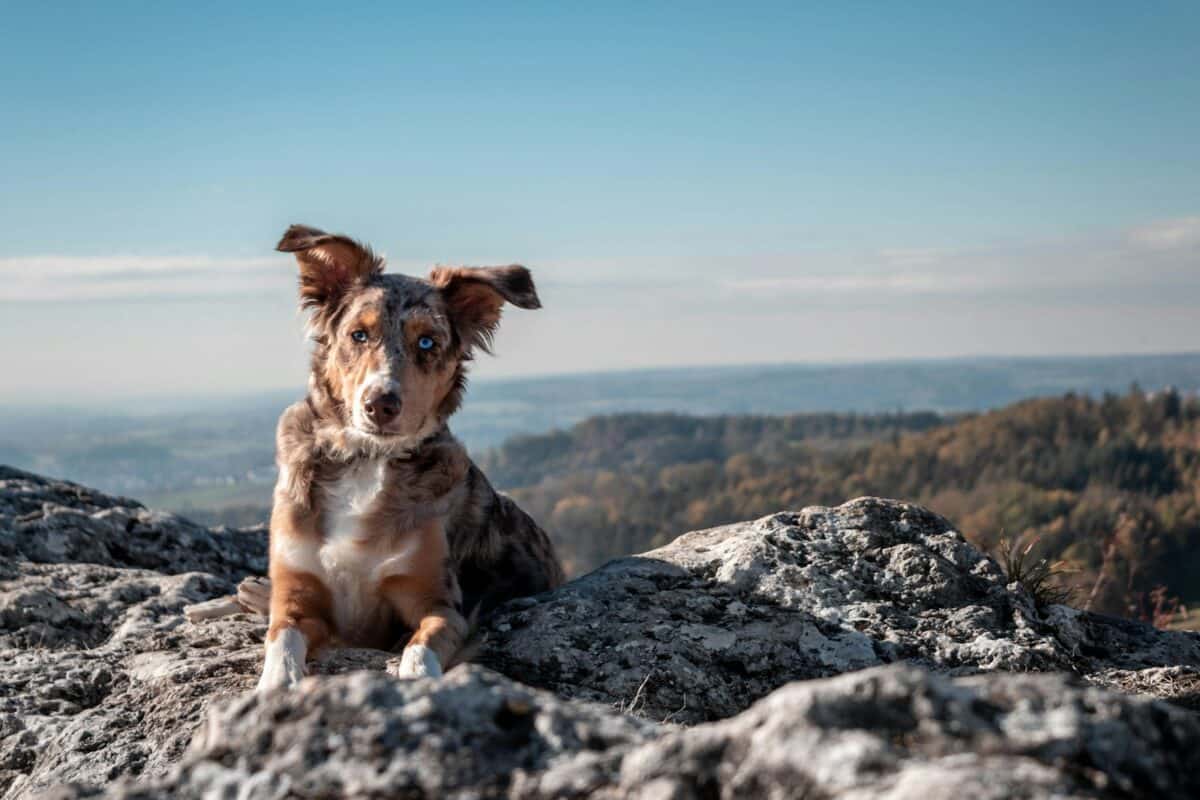
Not everyone celebrated the record. Animal welfare organizations expressed concerns about the ethics of involving animals in extreme sports for human entertainment or achievement. Critics argued that regardless of preparation, a dog cannot meaningfully consent to such an activity and may experience fear or stress that isn’t immediately apparent. The debate highlighted broader questions about the limits of human-animal partnerships in recreational activities.
Dr. Carmichael addressed these concerns directly, emphasizing the extensive safeguards implemented, the gradual training approach, and his professional assessment that at no point did Otis demonstrate signs of distress. He also pointed to the research benefits of the jump and how the data gathered could ultimately benefit working dogs in high-stress environments. While controversy persists, many in the veterinary community who reviewed the protocols acknowledged the exceptional care taken to ensure Otis’s welfare throughout the process.
The Historical Context of Animals in Skydiving

Otis’s jump, while record-breaking, is part of a longer history of animals in parachuting. As early as the 1780s, animals were used to test early parachute designs, with a sheep, duck, and rooster becoming the first recorded animal parachutists when they were sent aloft in a hot air balloon and parachuted safely to earth by the Montgolfier brothers.
During World War II, both Allied and Axis forces experimented with parachuting dogs for military purposes, primarily for reconnaissance and messenger roles. The Soviet Union famously trained parachuting dogs for counter-tank operations. In more recent decades, military and search-and-rescue dogs have routinely been trained to parachute alongside their handlers into difficult-to-reach areas. What distinguishes Otis’s achievement is not merely the presence of a dog in a parachute jump but the extreme altitude and the fact that it was undertaken as a sporting achievement rather than for military or rescue purposes.
Media Sensation and Public Response
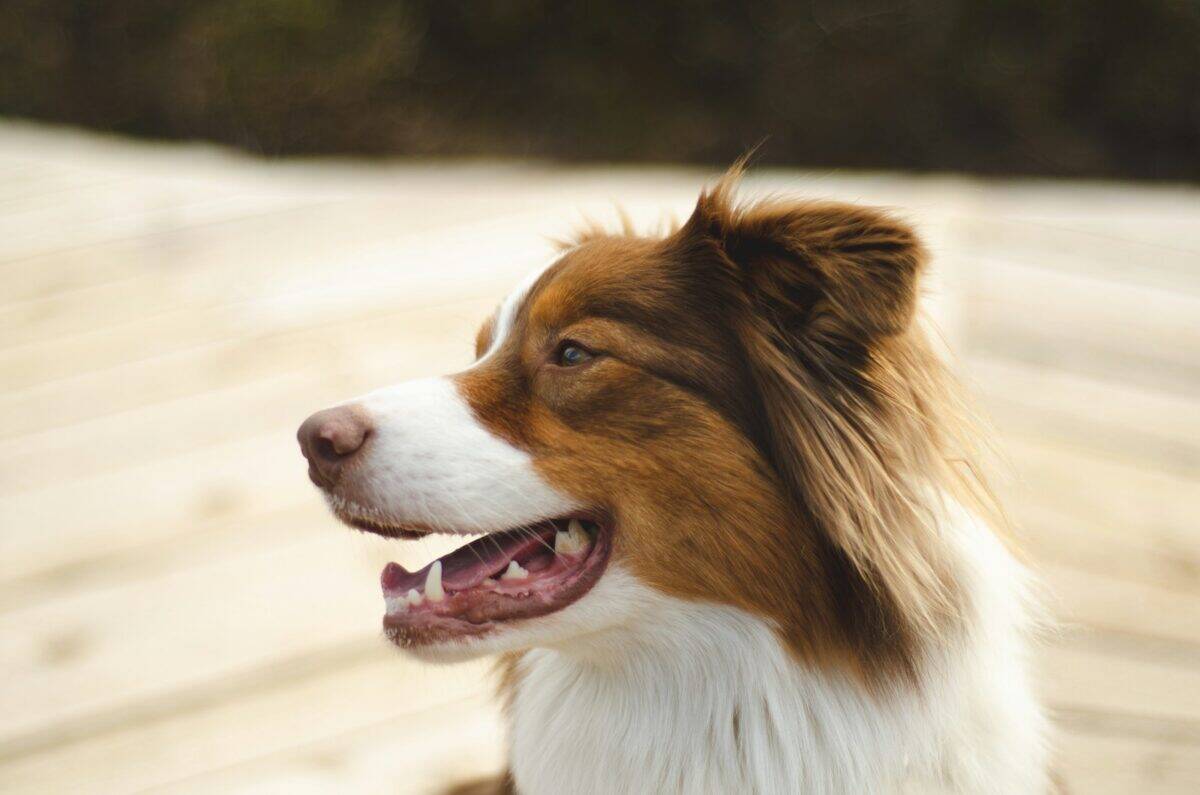
Within hours of the successful jump, video footage went viral across social media platforms, generating millions of views and triggering widespread media coverage. Otis appeared on major morning television shows, became the subject of countless memes, and even received product endorsement offers from pet equipment manufacturers. Public response was polarized, with many celebrating the achievement as a testament to the remarkable bond between humans and animals, while others questioned the necessity and ethics of the endeavor.
The story sparked broader conversations about animal cognition, the nature of fear, and the ethics of involving animals in human recreational activities. Merchandise featuring Otis’s image with slogans like “Aim High” and “Paws Off the Ground” quickly appeared online, with a portion of proceeds directed toward service dog training programs for veterans—a cause chosen by Dr. Carmichael to highlight working dogs’ contributions to human welfare.
Legacy and Impact on Working Dogs
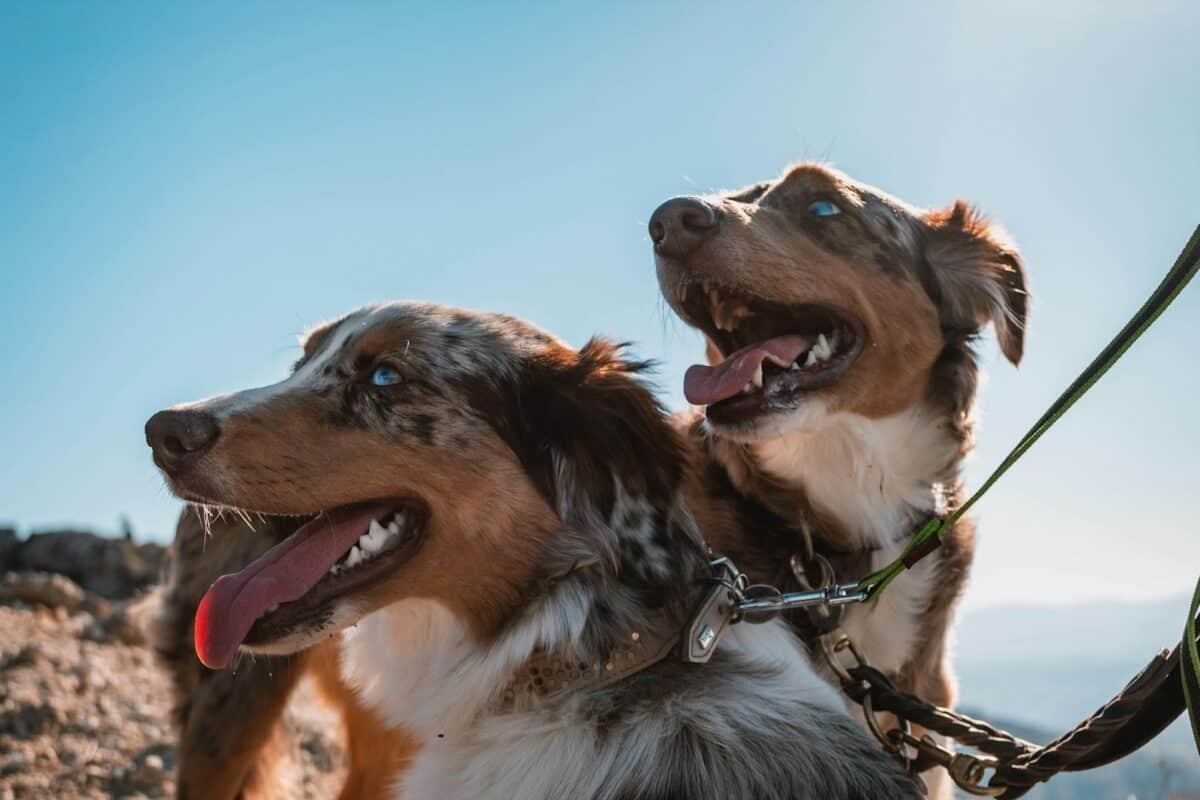
Beyond the immediate sensation of the record, Otis’s jump has had tangible impacts on working dog programs worldwide. The specialized equipment developed for his jump has been adapted for military and search-and-rescue dogs who may need to deploy from aircraft in emergency situations. The physiological data collected has informed new protocols for canine care in high-stress, high-altitude environments.
Perhaps most significantly, the comprehensive training methodology developed by Dr. Carmichael has been codified into a framework for introducing working dogs to novel stressors gradually and systematically, potentially improving both dog welfare and working effectiveness in fields ranging from disaster response to law enforcement. Several military units that utilize parachuting dogs have already incorporated elements of Otis’s training regimen into their programs, citing the impressive psychological resilience demonstrated by the Australian Shepherd during his record jump.
Future of Canine Extreme Sports
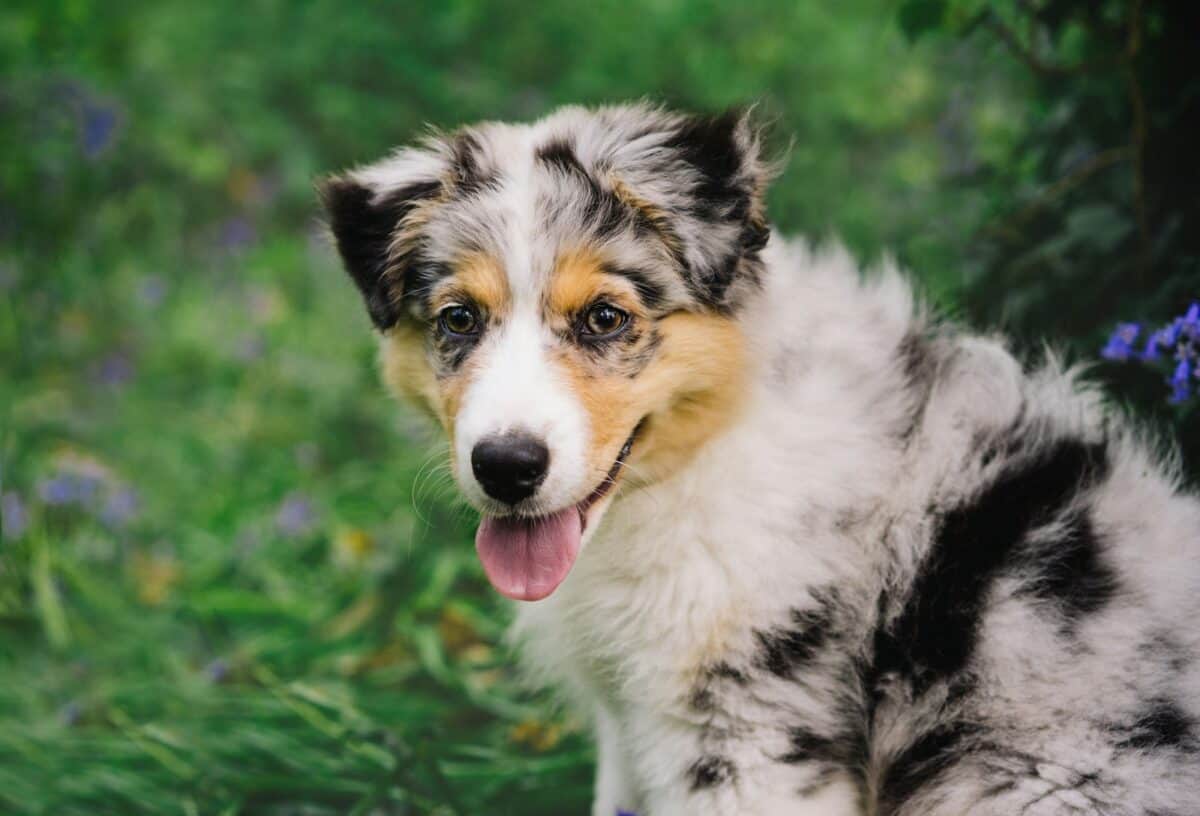
Otis’s record has opened conversations about what constitutes appropriate activities for dogs in the realm of extreme sports. While few owners will attempt to break his skydiving altitude record, other canine sports are seeing increased participation and sophistication. Sports like dock diving, where dogs leap for distance into water; ski-joring, where dogs pull skiers; and even modified versions of human sports like surfing and skateboarding continue to evolve with greater attention to safety and training protocols.
Veterinary sports medicine, once focused primarily on working and performance dogs, is increasingly addressing the unique needs of canine extreme sports participants. Professional organizations are developing standardized guidelines for different activities, emphasizing that proper preparation and individualized assessment of each dog’s temperament and physical capabilities must precede participation in any demanding activity. The consensus emerging is that while dogs can safely participate in a wide range of challenging activities, their welfare must remain the primary consideration, with any activity tailored to the individual dog’s preferences and abilities.
Conclusion: More Than Just a Record
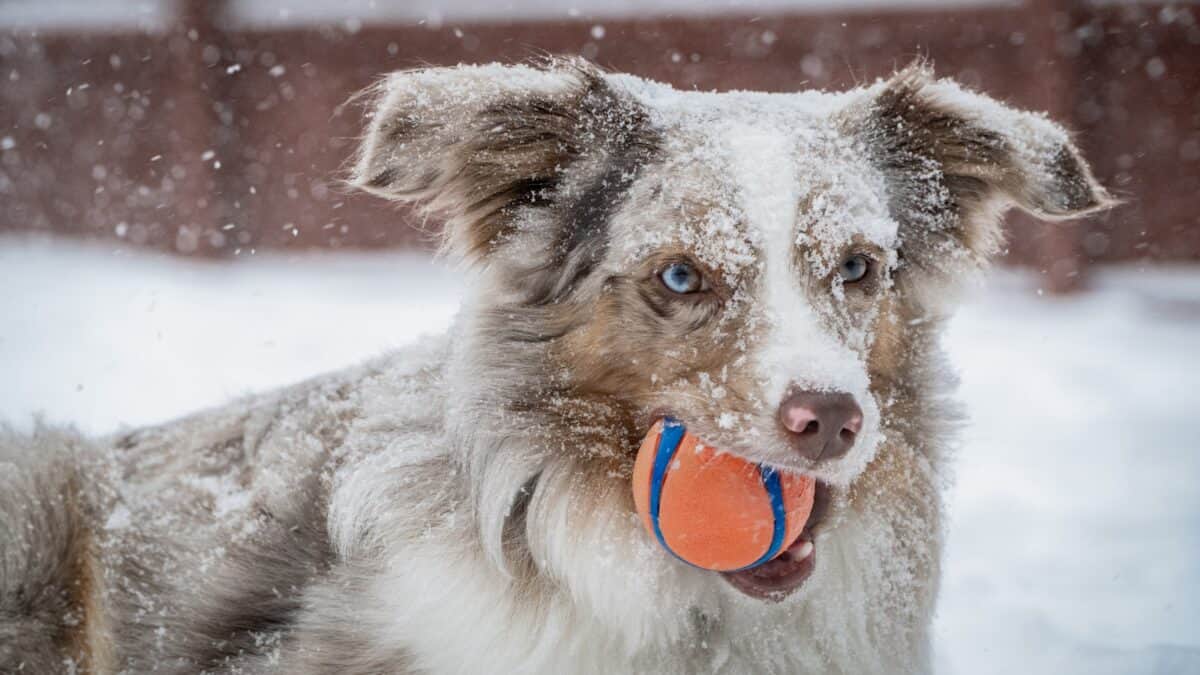
Otis’s remarkable journey from an unusually calm puppy at a skydiving drop zone to world record holder represents far more than just an impressive statistic in a record book. It stands as a testament to the extraordinary bond that can develop between humans and dogs when based on trust, careful preparation, and mutual enjoyment. The scientific data gathered from this historic jump continues to inform our understanding of canine physiology and psychology under extreme conditions, potentially benefiting working dogs around the world.
While debates about the ethics of such activities will and should continue, Otis’s calm demeanor throughout his training and record jump challenges us to reconsider some of our assumptions about canine capabilities and adaptability. In pushing boundaries responsibly and with animal welfare at the forefront, Dr. Carmichael and Otis have written a unique chapter in the ongoing story of one of humanity’s oldest partnerships—that special connection between people and dogs that continues to evolve in surprising ways.
- The Role of Extreme Weather in Shaping Animal Evolution - August 21, 2025
- How Far Can a Snake Strike? Understanding Strike Range - August 21, 2025
- 11 Ways to Tell If a Rock is a Meteorite (Or Just a Regular Stone) - August 21, 2025

